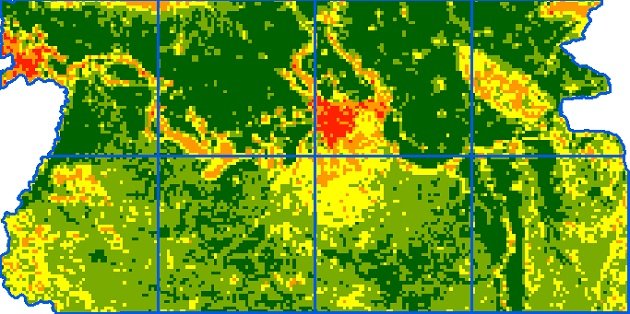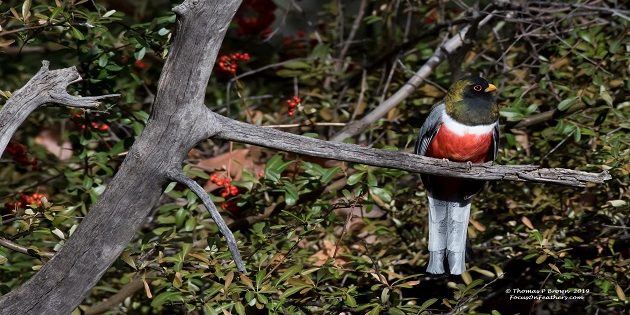
During the final stages of the Pan-European bird-atlassing work last year, computer models of Serbian ranges for some 150 bird species were produced for the first time ever. Now, sensing the spring in the air (two weeks ago we were snowbound while it’s 20oC and sunny now), I am checking those maps for rarer species in closer areas (up to 100 miles from Belgrade).
There are 240+ breeding birds in Serbia, but the colonial breeders and raptors were treated separately, and for a few dozen uncommon species there wasn’t enough data for computer modeling software. Some bias was created because of large data set from Belgrade and environs where the majority of active eBirders live (I am not an eBird user – I am an eBirder). The consequences were amusing.
Some maps are awful and at first appear useless, until you remove the noise in the way that you pay no attention to what the range map claims the primary habitat is, but focus on secondary or even tertiary habitat and it all starts making sense (for the music background recommendation while reading, click here). E.g., based on so much in-city data, the software recognized town and villages as the primary habitat for the Great Spotted Woodpecker, supposedly far commoner in urban areas (centre of the map, cover photo) than in forests.
Paying attention to a specific habitat of steppe grassland-overgrown sand dunes, I found that the software has recognized it as suitable for Tawny Pipit, European Roller, European Turtle Dove or the Eurasian Hoopoe, which I observed there. But the software also suggests searching for the Garden Warbler and the supposedly more numerous Barred Warbler, then the Black-headed Bunting (a warmth-loving species characteristic of eastern Mediterranean), even the rare Greater Short-toed Lark (we have only a few dozen pairs in the country and all my observations of this species come from overseas).
En route to mountain forests, the software warns me to check the cliffs, roadside boulders and quarries included, for the Rock Bunting and the Eurasian Crag Martin (I observed them in the area but never checked those easy roadside spots for them) and surprise, surprise, Red-rumped Swallow, even the Common Rock Thrush (formerly Rufous-tailed). New target species for the next spring field trip.
Climbing the hills to enter the forests, the software reminds me to look for Sombre Tit, but also listen for Corncrake and search for the rare Red-breasted Flycatcher. Once in the forest, attention should be diverted to the White-backed Woodpecker, also Eurasian Woodcock, Stock Dove and Ural Owl.
These are just some of the examples, but also the basis for my new working checklists of the species that may be expected but definitively need a confirmation – new challenges for this spring.
In the end, to give a due credit, those range maps were modeled by Dimitrije Radisic and the team of BirdLife Serbia within the European Breeding Birds Atlas 2 (EBBA2) project. Cannot wait to see it published, but it will take a few more years.













Leave a Comment